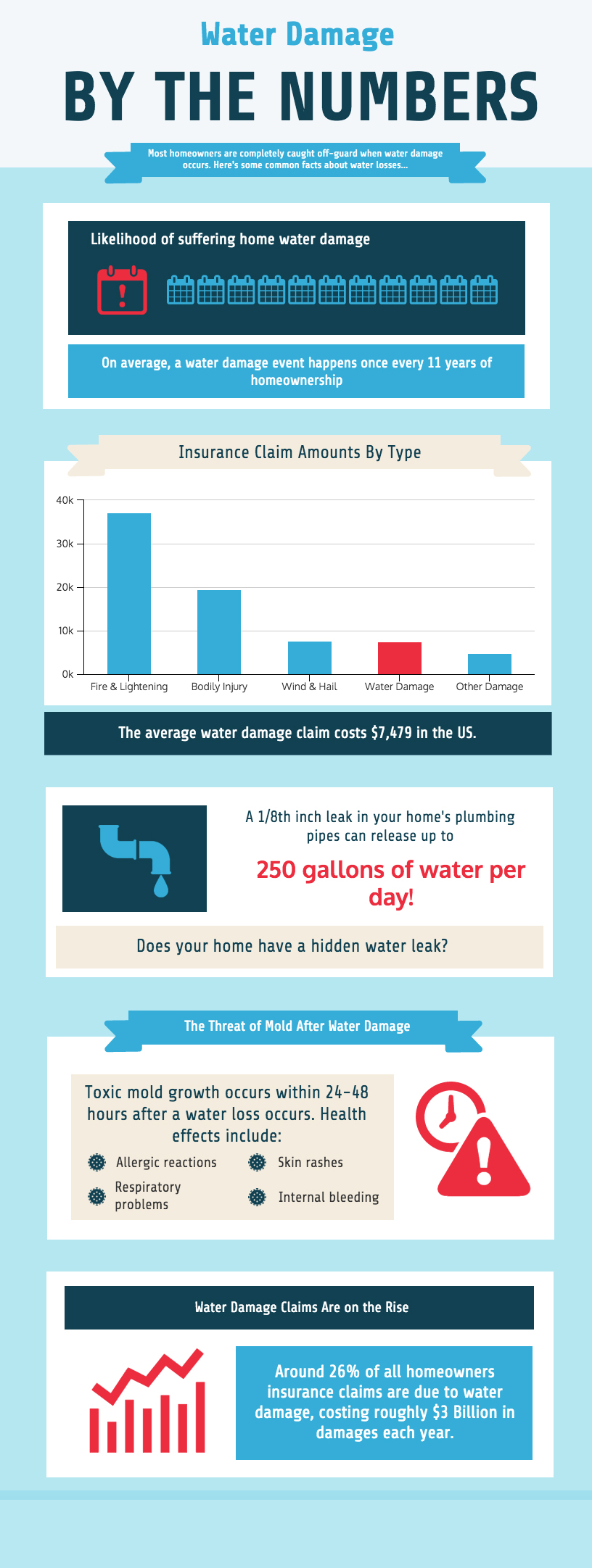The Influence Of Weather On Roofing System Setup: Optimum Seasons And Issues For A Successful Project
The Influence Of Weather On Roofing System Setup: Optimum Seasons And Issues For A Successful Project
Blog Article
Material Writer-Jantzen Drachmann
When it comes to roofing system setups, the weather condition can make or break the task. Picture the frustration of taking care of products that won't comply because of extreme heat or battling unsafe surfaces triggered by unexpected rain. Understanding the impact of weather conditions on your roof task is vital for an effective result. So, let's explore how various climate components can influence the quality and longevity of your roofing installation, guaranteeing a task well done.
Impact of Temperature on Roofing Setup
When it concerns roofing installment, temperature level plays a critical role while doing so. The excellent temperature for roof tasks generally drops between 45 and 85 degrees Fahrenheit. Severe warmth can cause products like shingles to become as well pliable, bring about potential damages during setup. On the other hand, chilly temperatures can make materials fragile and prone to fracturing. It's important to set up roofing installments throughout modest temperature levels to ensure the best end result.
During cooler climate, specialists might need to take extra safety measures such as making use of warmed devices or allowing products to heat up prior to setup.
On Read the Full Content , heat might need work to be done previously or later on in the day to avoid the peak temperatures. By thinking about the temperature level and its impacts on roofing materials, you can aid guarantee an effective installment that will certainly hold up against the aspects for many years ahead.
Effect of Precipitation on Roofing Projects
Roof covering projects can be significantly influenced by rainfall, influencing both the timeline and the quality of the setup. you can find out more or snow can create unsafe problems, making it unsafe for roofing professionals to work on a damp surface area. Furthermore, moisture can compromise the attachment of products like tiles or underlayment, causing prospective leaks or problems in the future.
If it rains during a roof covering task, the water can permeate right into vulnerable areas, causing delays as the setup staff need to wait on the roof covering to completely dry prior to continuing. Extreme dampness can also advertise the growth of mold and mold, further jeopardizing the honesty of the roofing.
To avoid these concerns, it's recommended to schedule roof tasks throughout drier periods or keep an eye on the weather prediction very closely to plan about any possible rainstorms. By taking precautions to operate in beneficial weather, you can make sure a smoother and more effective roofing system installment process.
Impact of Wind Speed on Installation Success
During roofing system setup, the rate of the wind plays a crucial duty in establishing the success of the job. High wind rates can pose significant challenges to roofers, potentially resulting in safety threats and high quality problems. When wind rates go beyond advised limits, it ends up being tough to manage products, raising the danger of crashes and damages to the roof products. Strong gusts can also affect the precision of measurements and the precision required for appropriate setup.
To make sure mouse click the next web page , it's important to keep an eye on and consider wind rates. Preferably, roofing system setup should take place on days with low to modest wind rates. This not only enhances the safety and security of the employees however additionally improves the overall high quality of the installment.
Roof covering projects scheduled throughout tranquil climate condition are more likely to be finished efficiently and with less errors. By focusing on wind rate forecasts and planning accordingly, you can help make sure a smooth and effective roofing setup procedure.
Conclusion
So, when it concerns roofing setup, keep in mind to consider the weather conditions to guarantee a successful work. Optimum temperatures, dry problems, and moderate wind rates are essential variables to focus on for a smooth setup process. By scheduling your project throughout the best seasons and suitable weather conditions, you can accomplish a long lasting and durable roof covering that will certainly secure your home for many years ahead.
